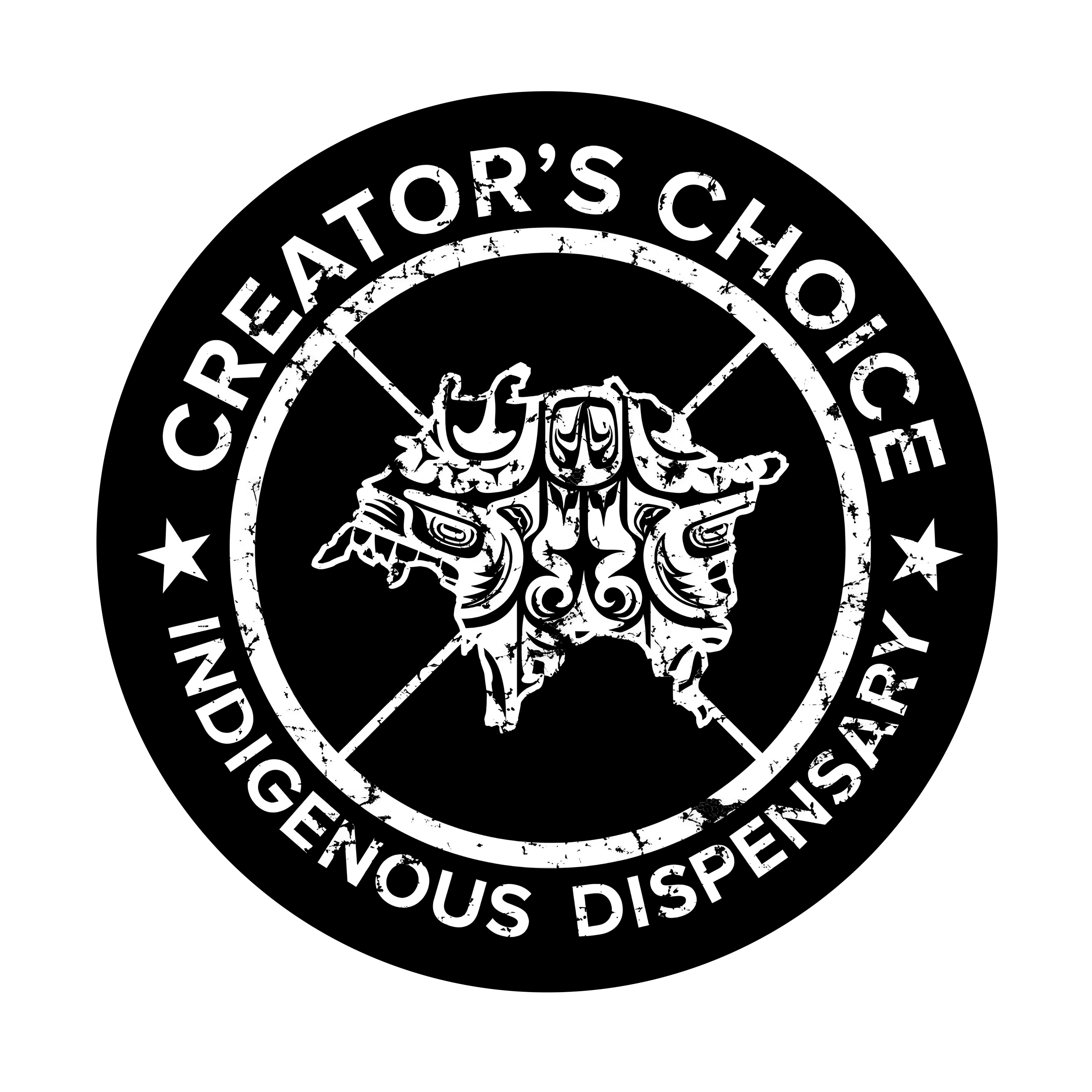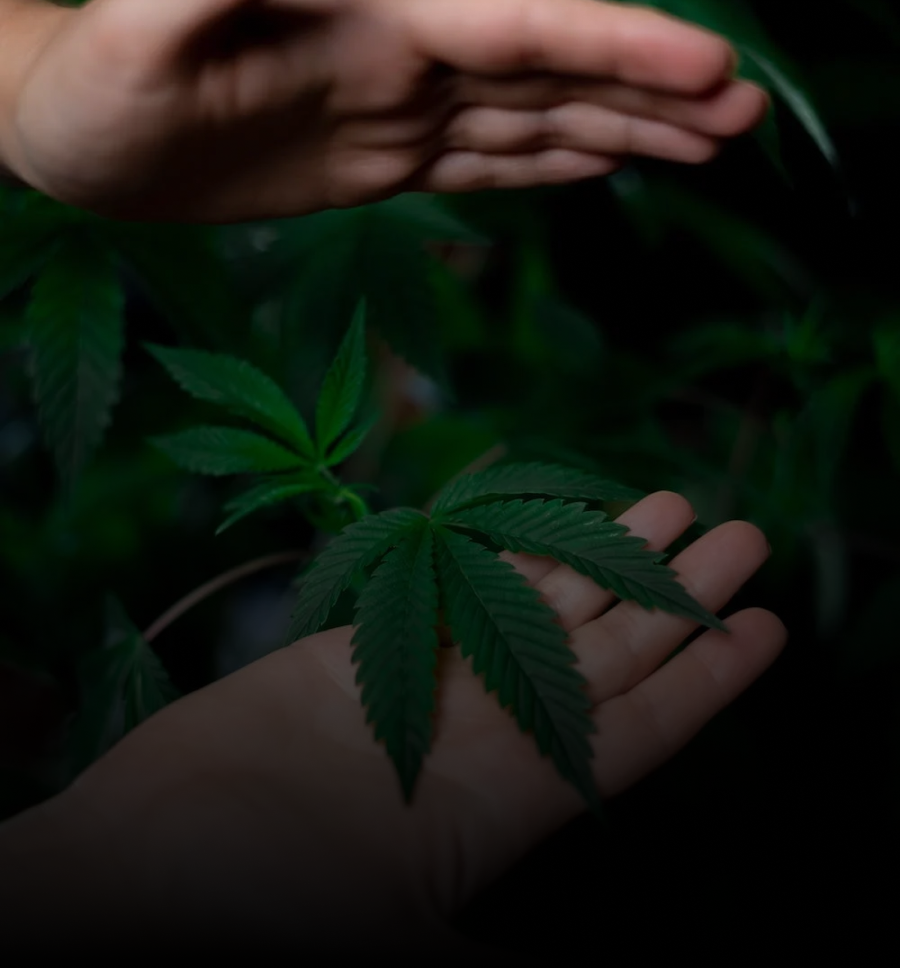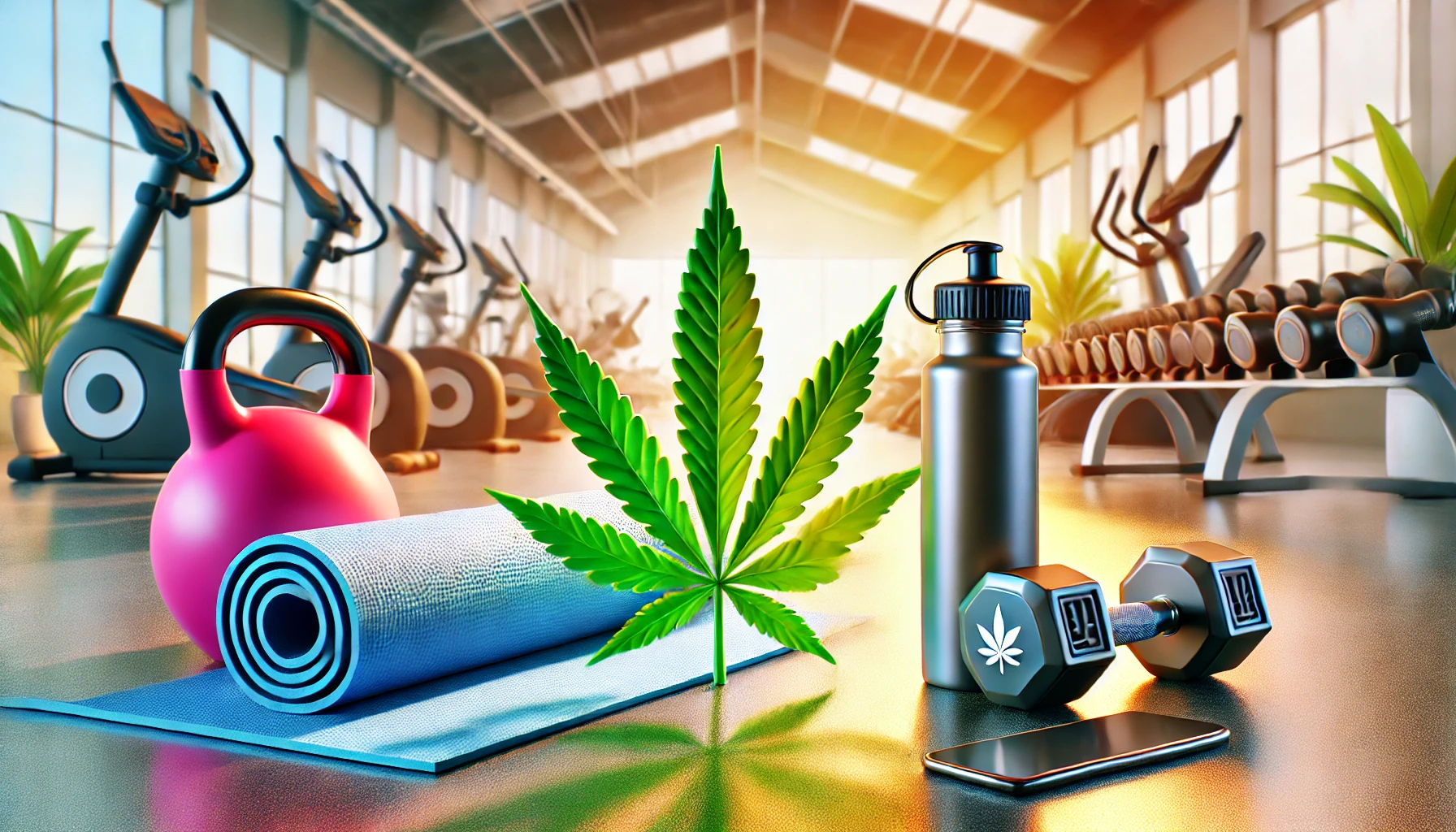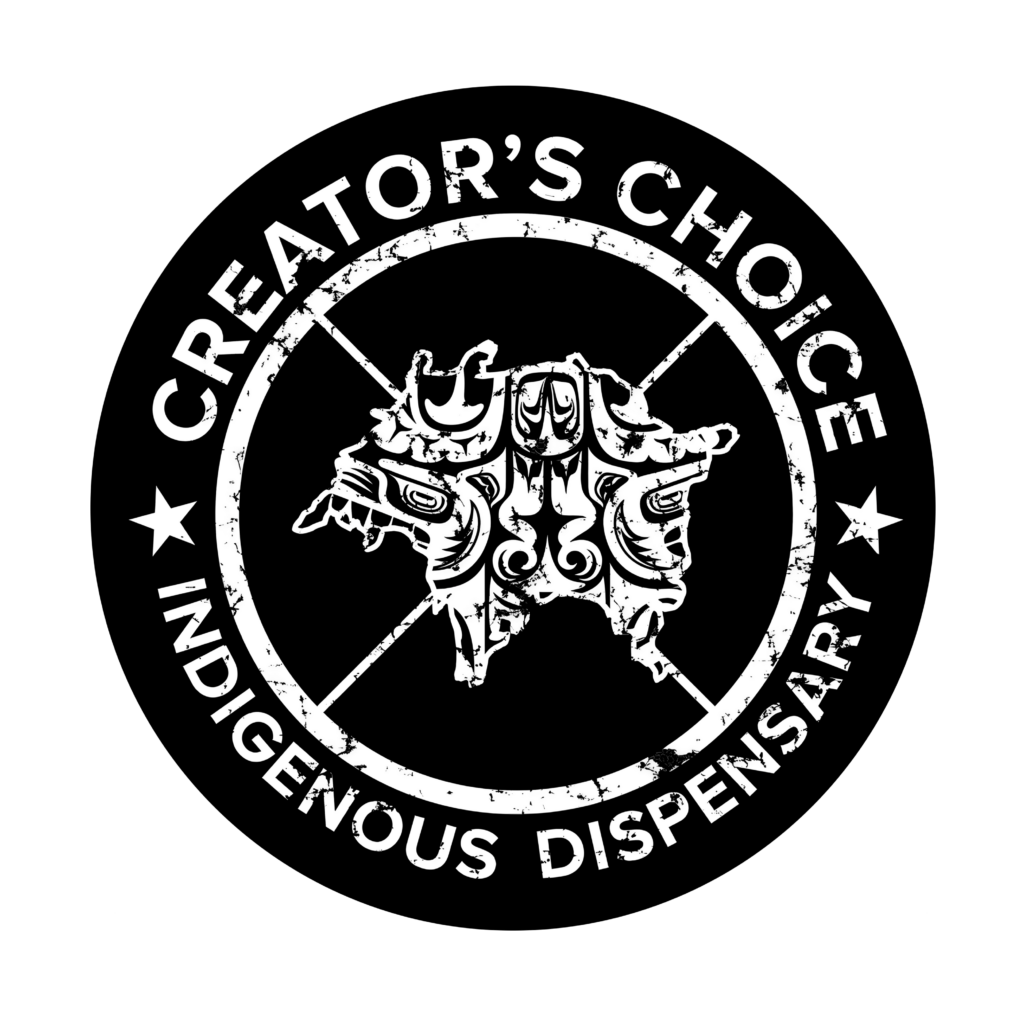You’ve worked hard on your cannabis plants for months, babying them with just the proper amount of water, nutrients, and light. You’ve protected them from deer, rabbits, and other critters (if outdoors). You’ve guarded them against disease, mold, and countless other threats.
Thanks to your sustained efforts, your cannabis plants are bushy, extensive, and full of lovely flowers. Now it’s time to answer one of the most controversial questions about marijuana cultivation: when’s the perfect time to harvest your marijuana plants?
This article will go through everything growers must know about cannabis plant harvest time to answer this question.
Cannabis Plant Anatomy
When it comes to growing your cannabis, it’s essential to know what precisely the plant you’re growing is. Soon, we’ll learn more about each part of the cannabis plant and what they do. Cannabis’ anatomy consists of the same basis as all other plants. Yet, studying this very basic anatomy will help you better understand and examine each segment’s role during harvest time.
Stem
The stem keeps the plant upright, supporting its weight while housing the vascular system transporting nutrients and moisture from roots to leaves. This part of cannabis contains little to no THC and CBD.
Fan Leaves
The iconic fan leaf has become the universal symbol for cannabis. It’s shaped like an open hand separated into 3 to 13 serrated leaflets. Although fan leaves contain trace amounts of cannabinoids, they’re usually trimmed during the harvest.
Petioles
The petiole is the stem of the fan leaf, connecting it to the branch. Petioles contain more cannabinoids than the blades when gathered in large quantities, making them popular additives for tinctures, concentrates, and extracts.
Stigma & Pistil
As in many plants, the pistil houses the cannabis flower’s reproductive organs. The stigmas are those vibrant strands found on the pistil. They collect pollen from the male plants and change color throughout maturation.
In the beginning, stigmas have a white haze that eventually darkens to yellow, orange, red, and brown. While crucial to the growing process, pistils and stigmas have little impact on potency.
Trichomes
Trichomes are where all the main action happens. They’re the tiny, hair-like crystals grown on the surface of the buds, stems, stalks, and leaves of the cannabis plant. Although, trichomes’ primary purpose is to protect the plant against microbial organisms, aphids, and insects. Almost everything you hear about weed is due to trichomes and their potent, sugar-like resins.
Growing Cannabis & Geographical Considerations
Various locations have different environmental conditions. Rainfall, temperature, and altitude can drastically influence cannabis growth. If you live in a mild climate, your plants will mature faster than they would in somewhere extremely cold or hot.
Harvest time usually takes place during September/October in the Northern Hemisphere. As you know, the seasons are reversed in the Southern Hemisphere. This means Australians are getting ready to harvest in March while American cultivators are just planting seeds.
If you’re growing indoors, you can force your cannabis into the flowering stage by exposing it to 12 hours of darkness each day for a few weeks. But growers must rely on their locale’s natural climate to speed up flowering.
The location determines many things about the flowering phase. A cannabis strain that enters the flowering phase in Colorado at the beginning of July won’t flower in a city like Amsterdam for at least another month. Meanwhile, if you plant cannabis in Hawaii, it could bloom at any time.
From Planting To Harvesting Cannabis
Most cannabis plants have a broad range of growth periods from the seedling stage to harvest. The duration of the growth cycle depends on several factors, including growing medium, desired yield, and marijuana strain.
Usually, you’ll need to wait between 6 & 16 weeks to harvest cannabis plants. And sometimes, you can expect between 9-12 weeks to elapse from planting to harvesting cannabis. But, timing is conditional and may change depending on multiple factors.
If you wish to accelerate your harvest, the following three strains are known to grow faster than average:
- Early Girl; As the name suggests, this strain is quick to grow. It may be ready for harvesting within seven weeks of planting.
- OG Kush; It’s known for its spicy, earthy taste and high THC content. The strain is a perennial favorite among marijuana lovers and can be harvested after eight weeks.
- Chocolate Skunk Auto; This strain is similar to other auto-flowering seeds such as Northern Lights Automatic. It impresses with its rapid growth and usually is ready for harvest after eight weeks.
Remember that you still need to dry, cure, and trim your crops after harvest, so don’t get too excited!
Trimming
There are mainly two methods for cutting (trimming) your marijuana: dry trimming and wet trimming.
Dry Trimming
After removing the large leaves, you’ll need to hang the marijuana plants upside down and let them dry for a week. Wait for seven days allowing most moisture to evaporate from the flowers until you have dry and brittle leaves. Then, prune them carefully to prevent the floral material from falling off.
Dry cutting is sensible if the humidity level in the drying room is low or if you have an adjustable dehumidifier. To have a high-quality final product, you should keep temperatures between 18-23ºC and humidity between 55-65%. Note that the cutting method can also influence product quality.
Trimming Wet Marijuana Plants
We recommend you wear latex gloves to prevent the resin from sticking to your hands and start carefully. Try not to crush the flowers in the process. Please treat them with care to avoid damaging the trichomes.
The wet cut favors air circulation in the plant material, which is particularly profitable if the humidity level in the drying space is high. You can use a dehumidifier to observe and control the temperature (18-23ºC) and humidity (55-65%).
When’s the Best Time to Harvest Your Weed?
To determine if it’s the right time for harvesting or not, you’ll need to watch the resin develop on leaves and buds. We’re talking about trichomes, which show the maturity of cannabis. You can use a magnifying glass to see these small parts more easily.
Trichome development is indeed quite challenging to see with the naked eye! More elongated mushroom or lollipop-shaped trichomes appear as the cannabis plant matures.
Some growers prefer to harvest cannabis when around 80% of the trichomes are in a milkier white and 20% transparent with a few amber ones. But some folks like a hash with a darker and also oily color. The harvest of associated plants is performed when a higher percentage of amber trichomes is super ripe. Reminder: the hash is a concentrated form of cannabis!
Yet, some growers believe it’s best to harvest when they are 70% milky white and 30% amber. Each person has a preference and depending on your choice, you can harvest marijuana whenever you want. However, the critical thing is not to harvest your cannabis when immature trichomes are dominant (most are still transparent).
Check Resin Production
Try to make sure that resin production has peaked, which happens once the flowers have stopped growing, the secondary leaves have started to lose color, and most of the primary leaves have fallen. Every gardener has a unique opinion about when to harvest a cannabis plant. Some tend to gather their cannabis early, while others like it later.
Harvesting cannabis a week early or late probably won’t be the world’s end. But it would be best if you didn’t let your plants sit around much longer than that. After several weeks in the flowering stage, your cannabis plant will begin to perish and lose its potency. Pistils– tiny hairs found on the buds– are the female organs of a flower. Once most of them have turned red, it’s too late to harvest, which means the marijuana could lack the psychoactive properties you desire.
The cannabis plant ultimately reaches its peak THC level. At this point, the psychoactive cannabinoid (THC) starts to break down after exposure to UV rays and oxygen. As a general rule, Indica plants are ready for harvesting after eight weeks, and Sativas require ten weeks. Autoflowers need 7-10 weeks in total from seedling to bud.
Harvesting Based On Trichomes
We recommend purchasing a magnifying glass with a range between 30x and 100x. You’ll need it to check the resin glands (trichomes) found on your plant buds and adjacent foliage. Ideally, you’ll use a microscope that illuminates the foliage to get a clear view of the trichomes.
Trichomes are responsible for the stickiness of marijuana, and they play a significant role in the potency of the plant. Remember that you’re looking for trichomes resembling small mushrooms and resin glands with a small ball on top.
Once there are multiple trichomes, your cannabis has effectively reached maximum potency. Plants with clear trichomes aren’t ready for harvest. In contrast, milky white or amber trichomes are signs that your marijuana plants are ready for harvest.
Harvesting Based On Pistils
It’s far too early to harvest when most of the pistils on your plants are straight and white. You should probably wait several more weeks until your plant is ready. Once around half of the pistils show a brown or reddish color (and begin to curl in), you’re very close to harvesting time.
Once 70% of the pistils have darkened, you can harvest marijuana plants with the highest THC level. Once about 80% of the pistils darken, it’s time to collect if you want marijuana that offers a calmer effect. But if it’s left too long, the plant will lose most of its psychoactive effects.
Look at our strain collections to become more familiar with the THC levels you should expect in your buds. We have a wide variety of strains, each with unique THC and CBD content.
Harvesting Cannabis Right: Timing
Recheck the trichomes and take note of the color. If you encounter mostly amber trichomes, then the marijuana flowers are overripe. At this stage of development, the harvested marijuana will have an unpleasant taste.
Plus, cannabinoids such as THC begin to degrade when amber trichomes overtake the milky white ones. In rare cases, trichomes can even turn black if growers don’t harvest their plants. Besides the amber color, trichomes can become brittle too.
As you read before, clear trichomes imply that resin production hasn’t peaked, and the cannabis is likely to be less potent, flavourful, and aromatic than usual. Trichomes on overripe flowers may even crumble in your hands. Harvesting marijuana after its prime isn’t usually advised but may be preferable to harvesting prematurely. Moreover, the terpene profile, which is believed to possess healing properties, can become more potent during a late harvest.
Schedule Your Inspections
First, you need to plan by approximately knowing when you’ll need to start closely inspecting your plants. There’s a simple question you must answer first: do you know how long it takes to cultivate cannabis?
The answer is that most hybrid strains should approach maturity in about 8-12 weeks. Therefore, you should be ready to inspect the cannabis buds after 2-3 months. An excellent early sign is when the plant’s leaves are yellow, alerting you that harvest time is close.
Harvesting Based On Strain
Based on the Cannabis strain, you can expect the following harvest times:
- Indica Strains; Harvest after eight weeks of flowering
- Sativa Strains; Harvest after ten weeks of flowering
- Autoflowers; 10 weeks from seedling to bud
Looking at your flowers is one way to know if it’s time to harvest. You can also plan based on the plant’s typical flowering time. As a general rule, marijuana plants will be ready for harvest around the same time, with some variation based on the specific strain. You’ll need to know your cannabis to deploy this method effectively.
If you plan to be a successful marijuana grower, do the following before timing your harvest:
- Read the descriptions for each strain
- Read comments from other growers
If you buy your cannabis seeds from a reputable source, likely, someone else has already shared some ideas about when it’s typically ready to harvest. Of course, other variables could impact the time it takes for your crops to be ready. The specific conditions in the grow room or outdoor climate also play a role in your plant’s development.
Should I Harvest My Cannabis In The Morning Or At Night?
The best time of day for harvesting weeds is in the morning, just before the sun is up. Terpene levels are at their peak just before the sun comes out, and you’d naturally want as many terpenes found in your plants as possible when you harvest. Of course, there are other reasons why harvesting at dawn is better, including
- Cannabis plants soak up the sun during the day and produce resin at night; the production cycle is maximum in the morning before light.
- Harvesting before the sun comes out is simply more efficient because you have an entire day ahead of you to get your trimming chores done.
- The weather is better before the first light; even indoors, you can harvest marijuana plants before the hot lights come on while remaining at a comfortable temperature.
Harvesting Your Cannabis Early
If you decide to cut early for any reason, it’s reasonable to do so no more than ten days before the optimal date. If the situation is dire– such as disastrous weather or a severe pest problem– and you have to bring forward your harvest by more than ten days, the cannabis will be immature.
Should I Care About Cannabis Seasons?
Those curious about the best time to buy grown weed might find it interesting to know that the best time depends on whether they’re consuming weed grown outdoors or indoors. If it’s the former, they should pay attention to the seasons when they purchase weed. Even the best bud takes time to dry and cure. Hence, it isn’t always good to buy marijuana directly after harvest.
On the other hand, commercial growers who operate on a smaller scale could spend months trimming their weed. Cannabis remains fresh for up to 12 months when stored correctly in black UV glass jars in a cool and dry space. Therefore, you could smoke weed reserved for eight months and not even know it.
The prohibition of weed motivated many growers to become more creative. They began growing weed indoors utilizing creative methods. Today, indoor growing techniques are incredibly sophisticated. For example, it’s possible to grow potent cannabis in a basic grow room. Those who use greenhouses benefit from the sun’s power while protecting their plants from cold and wet weather.
Bottom Line
Choosing the ideal harvest time is difficult for a first-time grower, primarily because of one simple reason: excitement. Yes, your desire to sample the product is overwhelming, but you need to be patient. You can cut off little pieces of the plant if you suspect that harvest time is close, but risking more is not advised.
There’s no point in spending months carefully tending to your marijuana plants if you ruin everything by cutting too early. Once the pistils and trichomes begin changing color, it’s time to monitor your crop closely. Examine it daily and adhere to the guidelines above. Cut your marijuana down for curing, drying, and trimming once your plants have reached their peak potency.
Start cultivating your cannabis today and shop from our selection of seeds for the highest quality.



